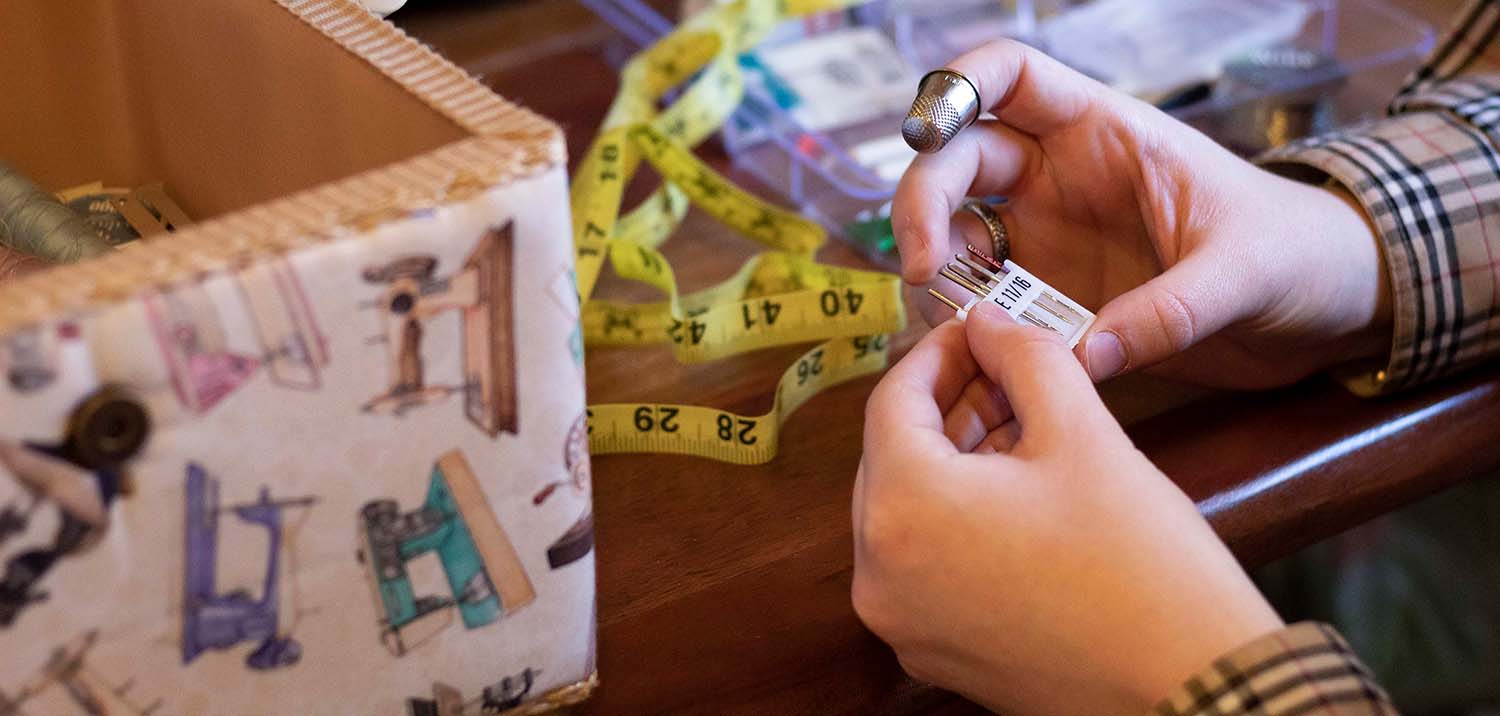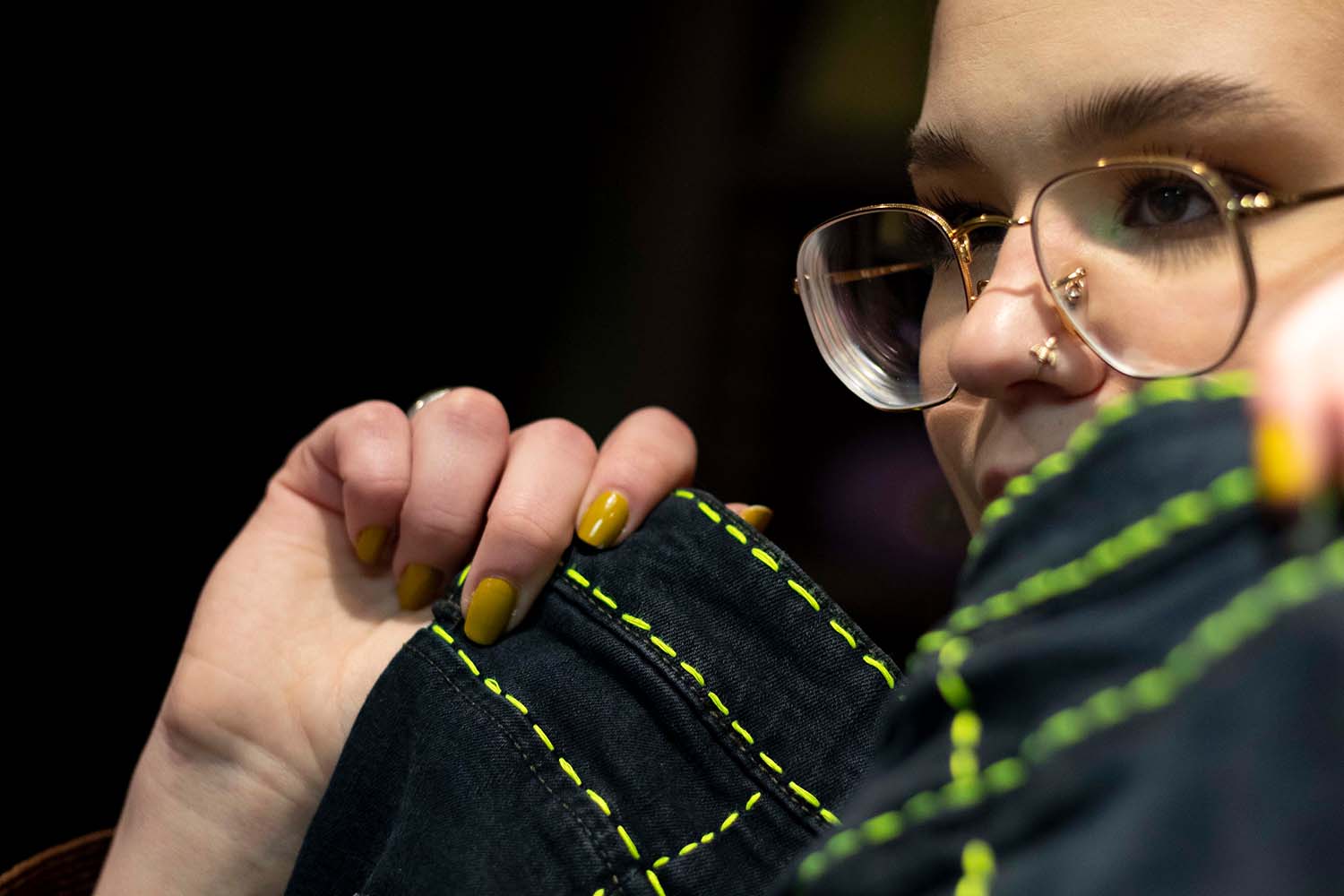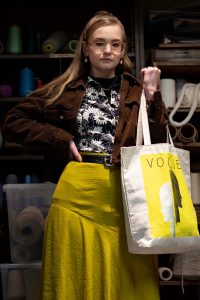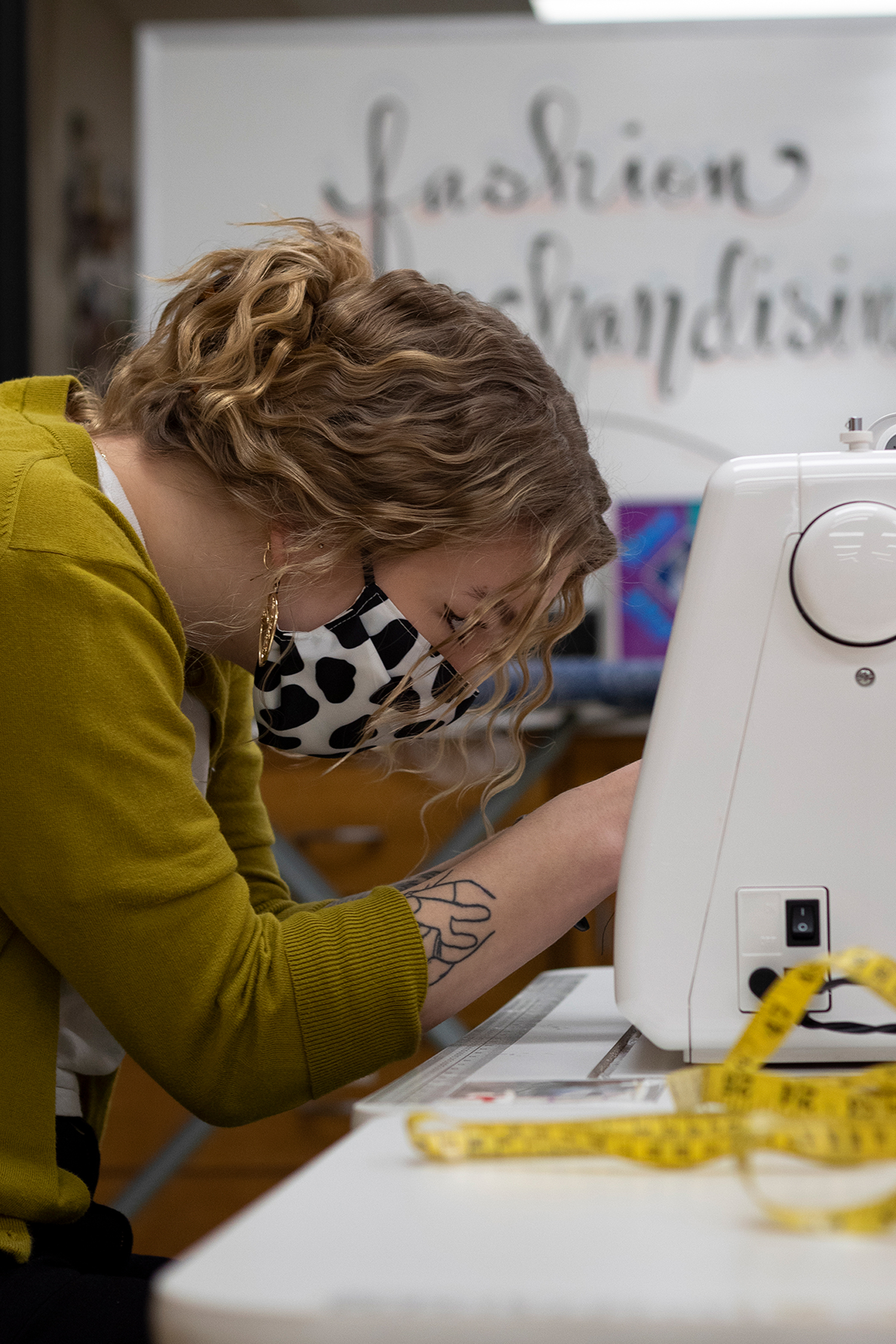Sometimes all it takes is strutting around a dorm room in a pair of black, ankle-strap heels with a gold lace trim to discover a lifelong passion. This is exactly what happened to Lilliana Welch, a junior fashion merchandising major from Henderson, Kentucky.
Welch said fashion is one of the biggest forms of self-expression that exists.
“You can argue that it’s not, but I think the people who would argue that, maybe they just need to open their mind a little bit and see that no matter what you wear, someone’s going to look at you, and they’re going to think something,” Welch said. “You kinda have control over that.”
While she said she was confident in her style during high school, Welch struggled with adjusting to life on her own at WKU, This also affected how she expressed herself, she said.
“I kinda took some steps back at first,” Welch said. “I gained a lot of weight. I was in a really bad place mentally. And so every day was a giant T-shirt and leggings and Birkenstocks. I was covering my body up in any way I could to not acknowledge it was there.”
Welch said during the summer after her freshman year, she slowly started pulling herself out of her rut. She worked full time at David’s Bridal, hung out with her family and friends more, ate better and lost 60 pounds in the process.
“I literally had a clean slate in every way possible with how I want to treat people, how I want people to treat me, how I see myself, and what I wear, I think, is a huge part of that,” Welch said.
That fall semester, she was taking a sewing class and went shopping one day looking for fabric. Afterward, she went to Payless at the Greenwood Mall to look at shoes. She found a pair of pointed black heels with a clasp around the ankle and a gold lace design across them.
She went home without buying them and had a dream that night that she was walking down the street wearing the shoes when someone complimented her on them. She woke up, and decided to buy those shoes.
“I think I cried at some point,” Welch said. “When I was walking out of the store with them, I’m pretty sure I teared up.”
She wore them for the next week or two just around her dorm room, even in her pajamas, Welch said. She didn’t want to take the shoes off to go do her photojournalism homework, and it made her realize that what she really wanted was a career in fashion.











